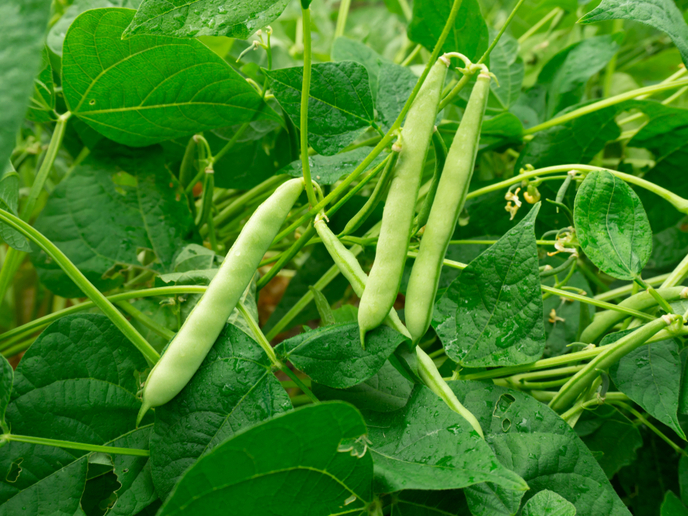Genomics for organic animal farming
Conventional agricultural practices rely on high-input methods that generally involve animal confinement and high doses of antibiotics and hormones. Low-input and organic farming methods are becoming more popular due to consumer demands and changing EU regulations. The LOWINPUTBREEDS(opens in new window) (Development of integrated livestock breeding and management strategies to improve animal health, product quality and performance in European organic and 'low input' milk, meat and egg production) project developed and applied innovative genomic breeding methods specially geared for organic conditions. Focusing on breeds of cattle, sheep, laying hens and pigs, scientists also integrated management practices such as diet, disease control and rearing systems. LOWINPUTBREEDS developed genomic breeding values for cattle on low-input and organic farms in Switzerland, which included important traits such as milking temperament and speed. Researchers also built models to show that using genomic values to evaluate breeding bulls improves productivity. For sheep, researchers combined genetic, nutritional and grazing management to improve stress and parasite resistance as well as meat quality. They identified genetic markers for parasite resistance, as well as how various types of feed influenced these factors. Traditional pig breeds appeared unsuitable for organic pork production but regional products are more promising. Experts preferred air-dried sausages from traditional breeds compared to hybrid lines, for example. Project scientists in the Netherlands have developed a rotation breeding system that enables pig producers to produce their own young female pigs. A number of chicken farms participated in a breeding programme to identify the best breeds, optimise diet management and improve egg quality for low-input farming. Theoretical models pointed to heavier chickens being more productive layers as long as feed costs are kept low enough. LOWINPUTBREEDS has identified improved genotypes for health, performance and product quality in a number of low-input livestock systems. Combined with better management, this project will improve the standards and productivity of low-input systems while maintaining quality of life for the animals.







